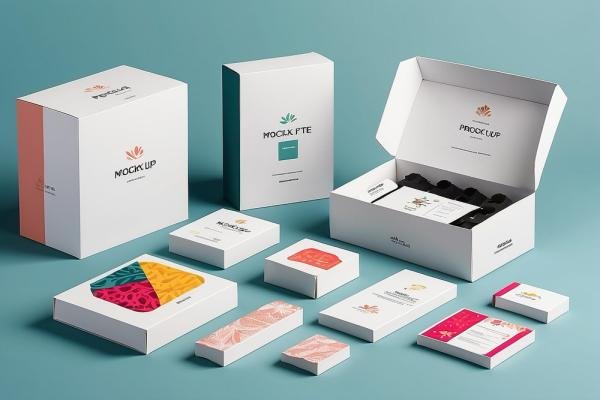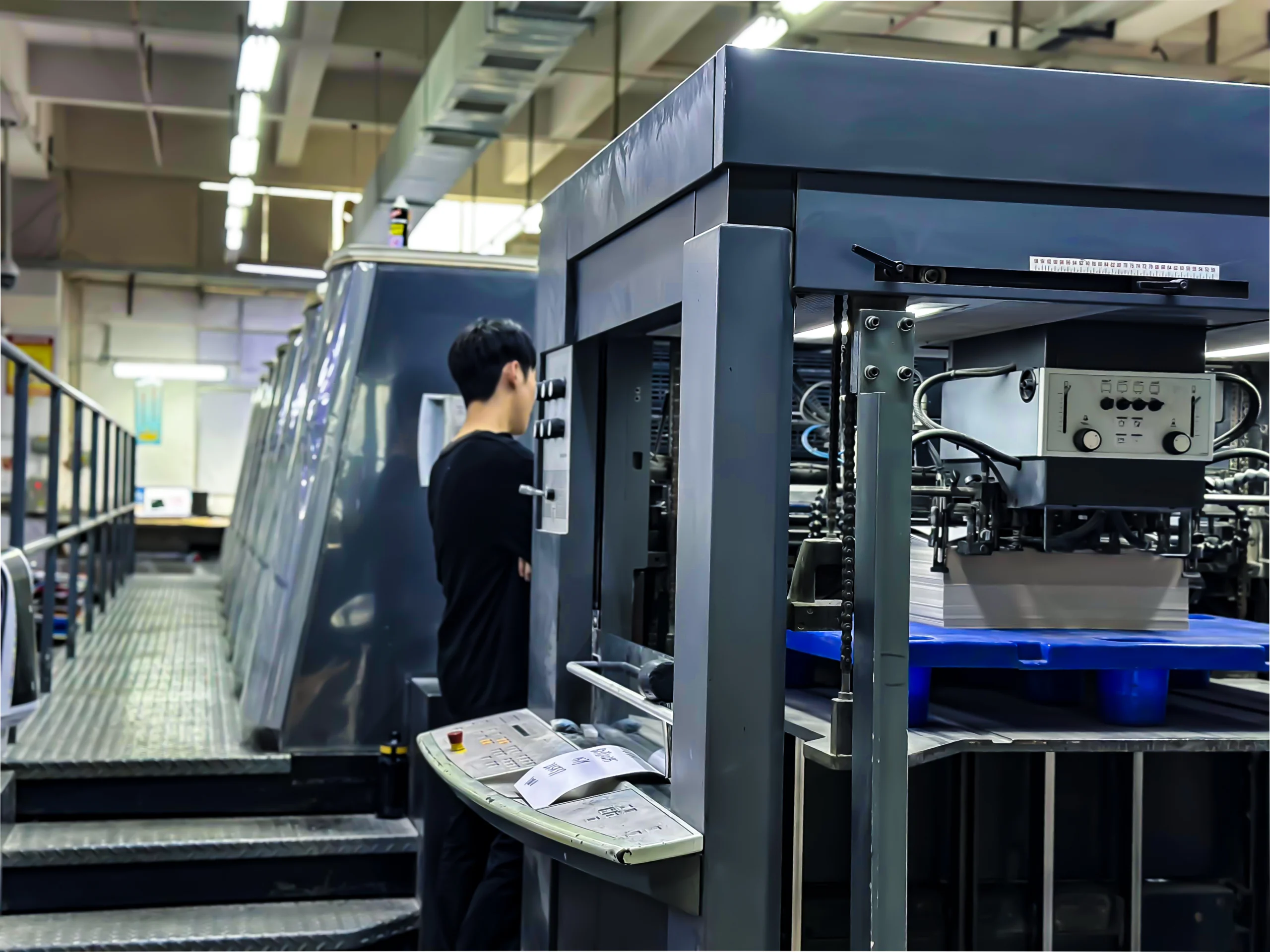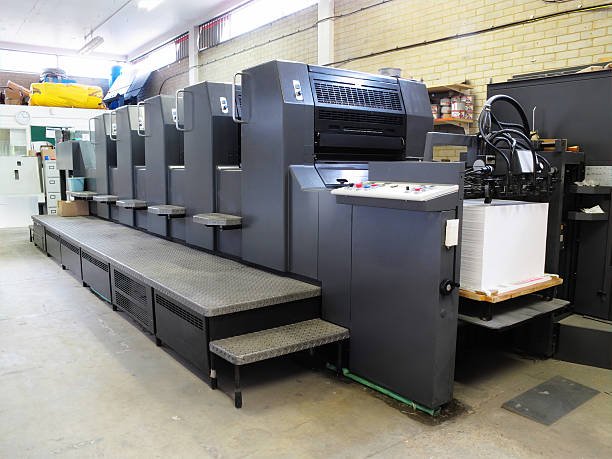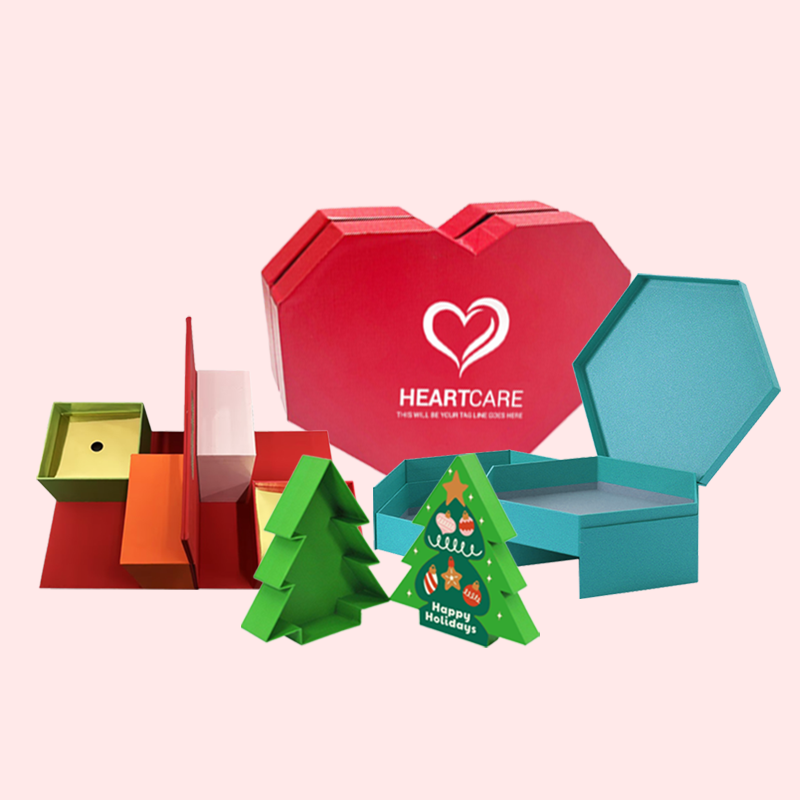Struggling with printing choices for your clothing boxes? Poor quality can ruin your brand's image. Let's explore the best methods to make your packaging shine and stay on budget.
The best printing method depends on your order size, design complexity, and budget. Offset printing offers superior quality for large runs. Digital printing is flexible and cost-effective for smaller, custom orders. Flexography suits very large, simple jobs.

Over my 16 years in packaging, I've seen how printing can make or break a project. I once worked with a designer, much like Peter, who was launching a luxury scarf line. His first batch of boxes, printed elsewhere, had terrible color shifts. We switched his project to offset printing with a specific Pantone color, and it saved the launch. Choosing the right technique is not just a technical detail; it's central to your brand's success. Let's break down the main options so you can make the right choice every time.
What is Offset Printing, and Is It Right for Your Apparel Boxes?
Need consistent, premium color for thousands of boxes? Inaccurate colors can cheapen your brand and disappoint customers. Offset printing delivers photo-quality results and perfect color accuracy for large volumes.
Offset printing uses custom plates to transfer ink onto paper, which is then laminated onto the box. It’s the gold standard for high-volume orders (over 500-1000 units) because it offers superior quality and the lowest per-unit cost at scale.

Let's dive deeper into how offset printing works. This technique involves creating custom metal plates for each color in your design (usually CMYK, but also spot colors like Pantone). The ink is transferred from these plates to a rubber blanket, and then onto the paper. This indirect process results in incredibly sharp, clean images and text. It's the reason why magazines and high-end brand packaging look so crisp.
Key Considerations for Offset Printing
For clothing and apparel, presentation is everything. Offset printing excels at reproducing rich colors and intricate details, making it perfect for brand-focused packaging. Its ability to match Pantone colors exactly ensures your brand's specific shade of blue or red is identical across every single box. While the initial setup costs for the plates are high, the cost per box drops significantly as your order quantity increases.
| Feature | Offset Printing |
|---|---|
| Best For | High-volume orders (1000+ units) |
| Quality | Highest possible, photo-realistic |
| Color | Precise CMYK and Pantone color matching |
| Cost | High initial setup, very low cost per unit on large runs |
| Turnaround | Slower due to plate creation and setup |
This method is the top choice for established brands that need to maintain strict brand consistency across a large inventory of packaging.
When Should You Choose Digital Printing for Clothing Packaging?
Need to print a small batch of boxes with a complex, colorful design? Traditional printing methods can be too expensive for small orders. Digital printing offers a fast, affordable solution.
Digital printing applies ink directly onto the box material using technology similar to a home office printer, but on an industrial scale. It's perfect for short runs, prototypes, and designs with multiple variations, as it requires no plates or costly setup.

Digital printing has completely changed the game for startups and boutique brands. Unlike offset, there are no plates to create. The design file is sent directly to the printer, which then precisely applies the ink. This removes a huge barrier to entry: a high initial investment. I often recommend digital printing to designers who are testing a new product line or creating seasonal packaging. For example, a client wanted to create 100 limited-edition boxes for a holiday collection, each with a slightly different design. Digital printing was the only way to do this affordably and quickly.
Deciding If Digital Is for You
The biggest advantage is flexibility. You can print one box or a few hundred without a massive setup cost. This is ideal for market testing, personalization, or if you simply don't have the warehouse space for thousands of boxes. The quality of modern digital printers is excellent, capable of producing vibrant and complex graphics. However, it's important to know its limits. Digital printing can struggle to perfectly match Pantone colors, and the cost per unit doesn't decrease as dramatically with volume as offset printing does.
| Feature | Digital Printing |
|---|---|
| Best For | Small to medium runs (1-500 units), prototypes |
| Quality | Very good to excellent, great for photos |
| Color | Good color accuracy, but Pantone matching can be approximate |
| Cost | No setup cost, higher cost per unit on large runs |
| Turnaround | Fastest option available |
If you need speed, flexibility, and have a small order quantity, digital printing is almost always the right answer.
Can Flexo Printing Be a Cost-Effective Option for Large Orders?
Are you producing tens of thousands of basic shipping boxes? High-quality printing can be an unnecessary expense for simple, large-volume jobs. Flexography offers a durable, low-cost alternative for these needs.
Flexography, or flexo, is like a modern version of the rubber stamp. It uses flexible photopolymer plates to apply fast-drying inks directly onto a surface. It's incredibly fast and cost-effective for very large runs with simple, one or two-color designs.

When I talk to clients about flexo, I often use the example of a standard brown shipping box with a simple black logo. Think about the millions of boxes used by major e-commerce players. Flexo is the engine behind that scale. The process is extremely efficient for printing on corrugated cardboard directly. The flexible plates wrap around rotating cylinders, stamping the design onto the material as it flies by. This speed makes it the cheapest option for massive quantities. I once helped a large apparel distributor switch their shipping boxes to flexo printing for their logo and handling symbols. The cost savings were huge.
When Flexo Makes Sense
Flexo is not the right choice for high-end product boxes that sit on a retail shelf. Its print quality is lower than offset, and it can't handle complex, photo-realistic images well. The lines can appear less sharp, and color registration might not be perfect. However, for mailer boxes or master cartons where the main goal is brand identification and essential information, it's perfect. It's durable, fast, and unbeatable on price for simple graphics at a massive scale.
| Feature | Flexographic Printing |
|---|---|
| Best For | Very high-volume orders (5,000+), simple graphics |
| Quality | Good for basic text and logos, not for photos |
| Color | Best for 1-3 solid spot colors |
| Cost | Very low cost per unit on massive runs |
| Turnaround | Very fast production speeds |
Choose flexo for your secondary or shipping packaging, especially when the order volume is substantial and the design is straightforward.
Conclusion
Choosing the right printing is key. Use offset for quality at scale, digital for flexible small runs, and flexo for simple, massive orders. This ensures your packaging succeeds.






